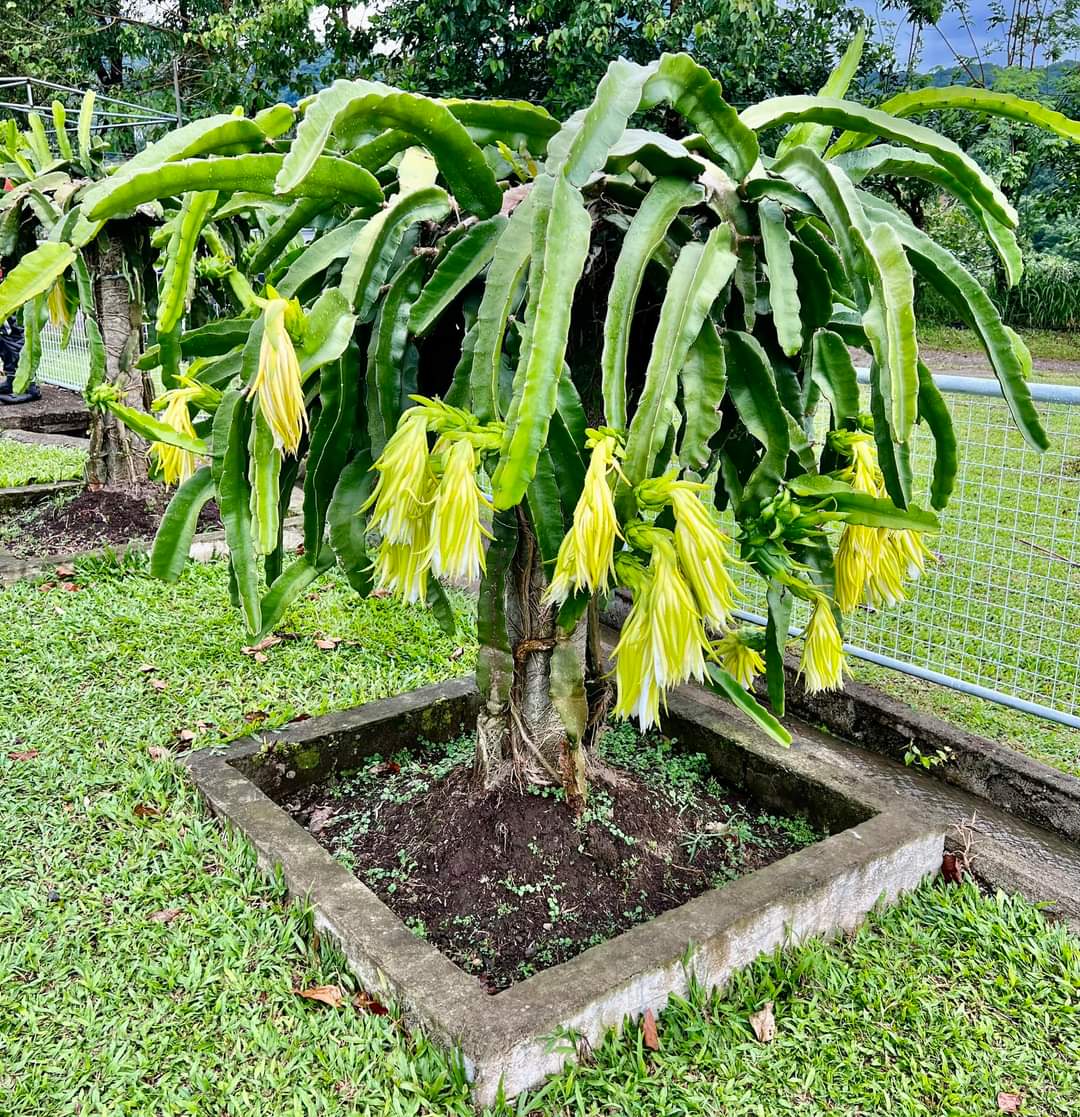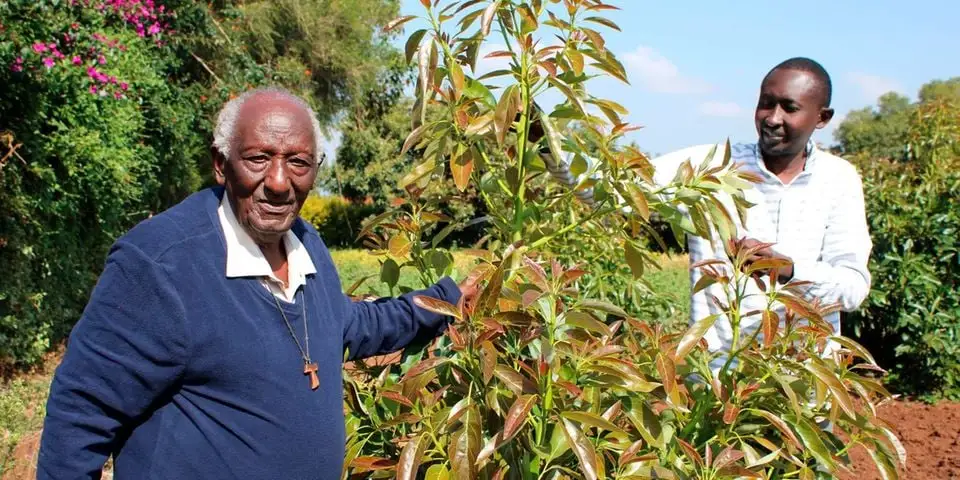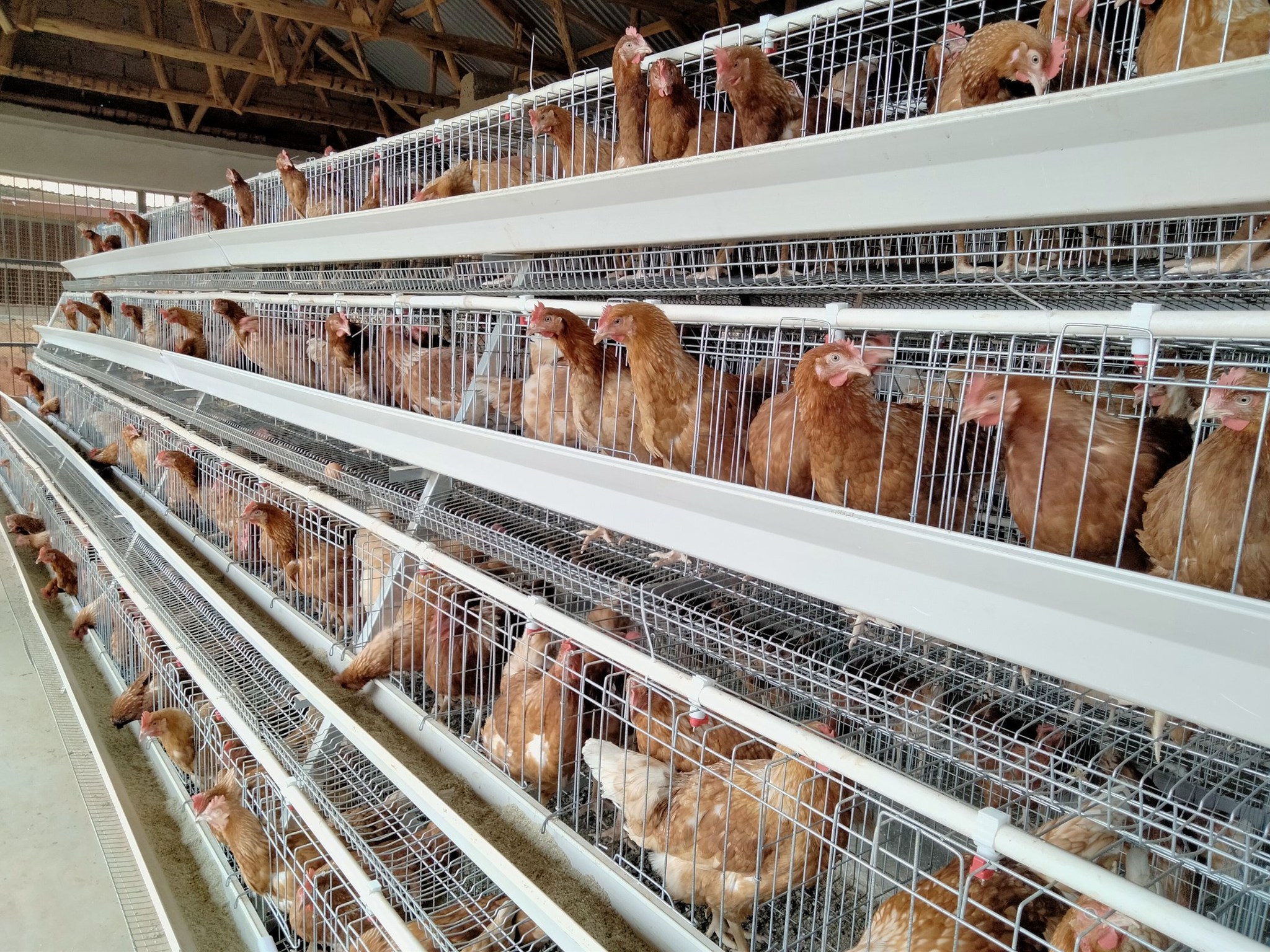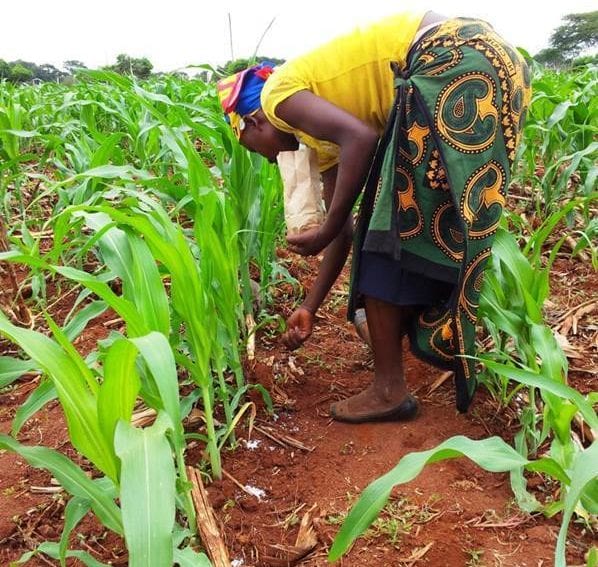EXTENSIVE GUIDE ON HOW TO GROW DRAGON FRUITS
Dragon fruit, also known as pitaya, is a tropical fruit that comes from several species of cactus native to the Americas. It has a vibrant appearance, with a bright pink or yellow outer skin and a sweet, mild flavor. The flesh of the fruit is speckled with tiny black seeds, similar to those found in kiwi fruit. Dragon fruit is not only visually striking but also packed with nutrients. Its rich in antioxidants, vitamins, and minerals, including vitamin C, vitamin B, calcium, iron, and phosphorus. Some people also believe it has health benefits such as boosting the immune system, improving digestion, and promoting healthy skin. Dragon fruit can be enjoyed in various ways, including eaten raw, blended into smoothies, added to fruit salads, or used as a decorative garnish. Its not only delicious but also adds a tropical flair to any dish!
ECOLOGICAL REQUIREMENTS
Soil: Well-draining soil is crucial for dragon fruit cultivation. Sandy or loamy soil with a slightly acidic to neutral pH (around 6.0 to 7.0) is ideal. Compacted or waterlogged soil can lead to root rot and other issues.
Climate: Dragon fruit plants prefer tropical or subtropical climates with temperatures ranging between 65°F to 90°F (18°C to 32°C). They are sensitive to frost and cannot tolerate freezing temperatures.
Sunlight: Dragon fruit plants require plenty of sunlight to grow and produce fruit. They thrive in full sun but can tolerate partial shade, especially in regions with intense heat.
Water: Dragon fruit plants need regular watering, especially during the growing season and dry periods. However, they are sensitive to waterlogged conditions, so its essential to avoid overwatering. A drip irrigation system or
watering deeply but infrequently can help maintain soil moisture without causing waterlogging.
Pollination: While dragon fruit flowers are self-pollinating, they may benefit from pollinators such as bees, moths, or bats in their native habitats. In some cases, hand pollination may be necessary, especially for varieties with low fruit set.
Pest and disease management: Common pests of dragon fruit plants include scale insects, mealybugs, and fruit flies. Regular monitoring and appropriate pest management strategies can help prevent infestations.
HEALTH BENEFITS
1. Antioxidants found in dragon fruit, such as vitamin C, beta-carotene, and polyphenols, help combat oxidative stress in the body, reducing the risk of chronic diseases like heart disease and cancer.
2. The high vitamin C content in dragon fruit supports the immune system by stimulating the production of white blood cells, enhancing the body’s defense against infections and illnesses.
3. With its dietary fiber content, dragon fruit aids digestion by promoting regular bowel movements, preventing constipation, and supporting a healthy gut microbiota, which in turn may lower the risk of colon cancer.
4. The vitamin C and antioxidants in dragon fruit may promote healthy skin by protecting against damage from UV radiation, reducing the signs of aging, and promoting collagen synthesis for firm and elastic skin.
5. Dragon fruit contains calcium and phosphorus, essential minerals for bone health. Consuming foods rich in these minerals, along with vitamin D and regular physical activity, can help maintain strong and healthy bones.
6. Dragon fruit is low in calories and rich in fiber, which can help promote feelings of fullness and reduce calorie intake. Incorporating dragon fruit into a balanced diet may support weight management goals.
WEED CONTROL MEASURES
Mulching: Apply a layer of organic mulch, such as straw, wood chips, or shredded leaves, around the base of dragon fruit plants. Mulch helps suppress weed growth by blocking sunlight and preventing weed seeds from germinating.
Herbicides: Selective herbicides labeled for use in fruit orchards may be used for weed control around dragon fruit plants. Follow the manufacturer’s instructions carefully, and apply herbicides when weeds are actively growing
and dragon fruit plants are not in bloom to minimize the risk of herbicide drift or damage to desirable plants.
Cultivation: Use a hoe or cultivator to break up the soil surface and disrupt weed growth. Cultivating the soil between rows or around individual plants can help eliminate weeds and loosen compacted soil, improving aeration and drainage.
Hand pulling: Regularly inspect the planting area and manually remove any weeds that emerge. Hand pulling is effective for small-scale weed control and allows you to target weeds without disturbing the root system of dragon fruit plants.
HARVESTING DRAGON FRUIT
Harvesting dragon fruit at the optimal time is essential to ensure the best flavor and texture. The fruit should be harvested when it reaches full maturity, which is indicated by its characteristic color and firmness. Look for fruits with vibrant colors—pink, red, or yellow, depending on the variety—and a slight give when gently pressed. Additionally, examine the fruit for other visual indicators of ripeness, such as uniform coloration and evenly distributed bracts. Harvesting is typically done early in the morning or late in the evening to avoid heat stress on
the fruit. Use pruning shears or a sharp knife to cut the fruit from the plant, leaving a short stem attached to the fruit to minimize damage.





